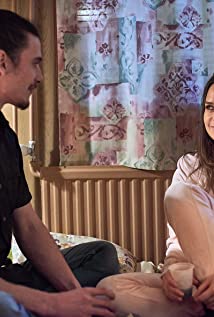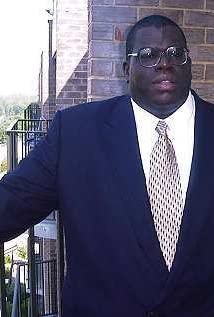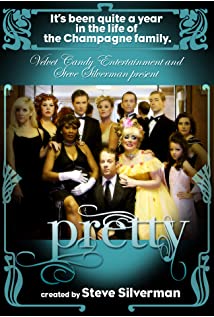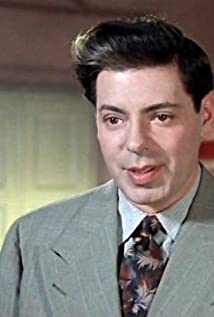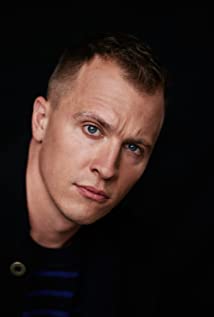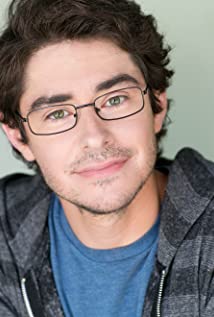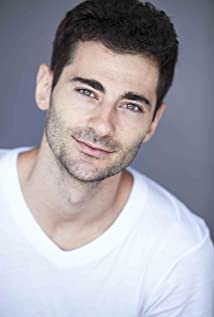Knox's interest in race began as an undergraduate. His relevant political views were radical: he was an abolitionist and anti-colonialist who criticized the Boer as "the cruel oppressor of the dark races." Knox is generally considered to be a polygenist; however, some have argued that he was in fact a monogenist, including biographer Alan Bates, who considers such claims to be "exaggerated". In his best-selling work, The Races of Men (1850), a "Zoological history" of mankind, Knox exaggerated supposed racial differences in support of his project, asserting that, anatomically and behaviourally, "race, or hereditary descent, is everything". He offered crude characterizations of each racial group: for Example the Saxon (in which race he included himself) "invents nothing", "has no musical ear", lacks "genius", and is so "low and boorish" that "he does not know what you mean by fine art". No race was without its redeeming features, however; Knox described Saxons as "[t]houghtful, plodding, industrious beyond all other races, [and] a lover of labour for labour's sake". Such supposed racial characteristics meant that each race was naturally fitted for a particular environment and could not endure outside of it. Ultimately however, all races were "[d]estined ... to run, like all other animals, a certain limited course of existence", it mattering "little how their extinction is brought about". In 1862 Knox took the opportunity of a second edition of The Races of Men to defend the "much maligned races" of the Cape against accusations of cannibalism, and to rebuke the Dutch for treating them like "wild beasts".










